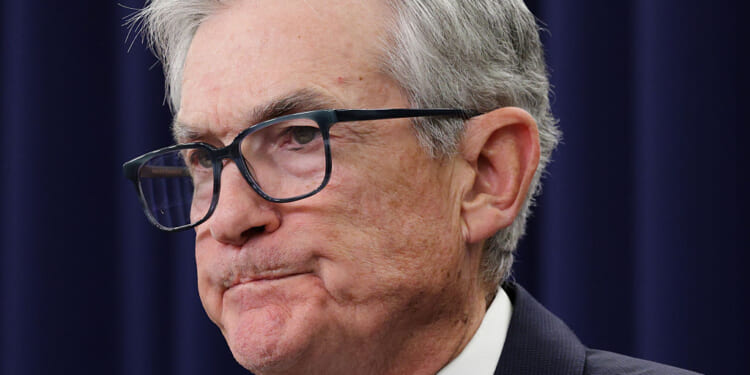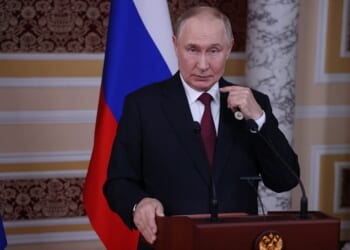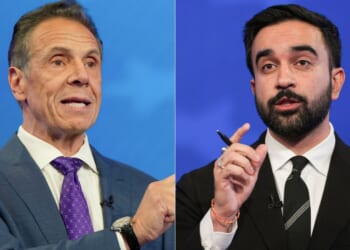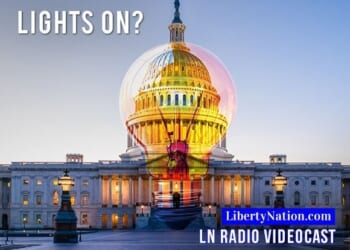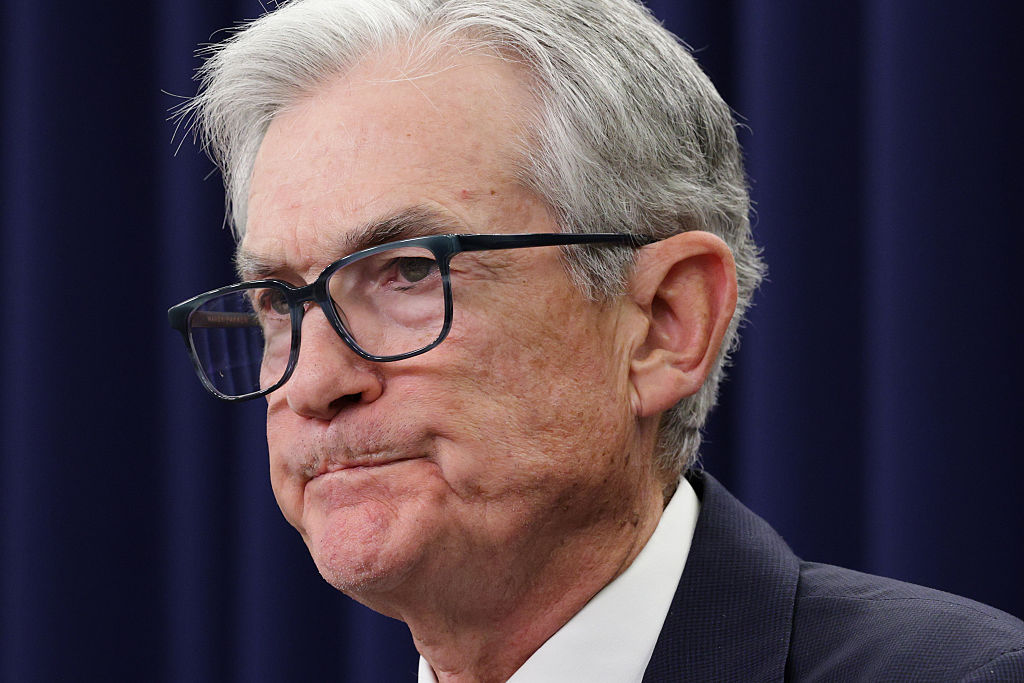
December may not be so merry after all.
All was right with the world. The Federal Reserve restarted its easing cycle in September; Chair Jerome Powell signaled more cuts ahead, and investors priced in lower interest rates. This was paradise on Wall Street. Well, as the old adage goes, if it is too good to be true, then it probably is. Powell rained on everybody’s parade during his post-meeting powwow with the press.
Jerome Powell’s Dance Macabre
The Federal Reserve followed through on a widely expected quarter-point cut to the benchmark federal funds rate at the October Federal Open Market Committee (FOMC) policy meeting, lowering the target range to between 3.75% and 4%. This is a key interest rate that influences borrowing costs for businesses, consumers, and governments.
Traders knew this would happen, with the futures market betting on a 98% chance. What they wanted to know was whether the rate-cutting cycle would continue ahead of Christmas. Analysts stated that it was more than likely that the central bank would mirror the updated Summary of Economic Projections and proceed with another 25-basis-point rate cut at the December meeting.
Not so fast, according to Jerome Powell. In fact, it is “not a foregone conclusion” that the end-of-year gathering will result in further easing of monetary policy. It will, however, mark the end of quantitative tightening and the birth of a new era of quantitative easing (more on that later).
“In the committee’s discussions at this meeting, there were strongly differing views about how to proceed in December,” Powell told the guys and gals of the business media at the post-FOMC meeting news conference. “A further reduction in the policy rate at the December meeting is not a foregone conclusion. Far from it.”
This, of course, somewhat spooked traders during the Oct. 29 trading session, with the leading benchmark averages reversing their gains and turning a bit negative. But, in one exchange with a reporter, he assured the public that more cuts were coming. Instead, the monetary authorities would prefer to wait one cycle to determine if the upside risks to inflation and the downside threats to the labor market persist.
The absence of key government economic data due to the four-week-old government shutdown has made the lives of policymakers a tad more difficult.
In the home stretch of his tenure at the Eccles Building, it is clear that dissent is becoming more common. The final decision was 10-2 in favor of a cut. Fed Gov. Stephen Miran unsurprisingly preferred a half-point reduction, while Kansas City Fed President Jeffrey Schmid wanted his colleagues to take a breather and assess the situation.
The Big Easing
Earlier this month, appearing at the National Association of Business Economics, Chair Jerome Powell signaled that the institution would begin unwinding its quantitative tightening (QT) program. This three-year-old initiative involves allowing Treasury and mortgage-backed securities on its balance sheet to mature, and officials have erased more than $2 trillion from the ledger. At the time, it was unclear when the central bank would put the kibosh on the QT.
Wall Street got its answer.
In the post-meeting statement, the FOMC announced it would end the campaign on Dec. 1. The Fed will now transition to a softer form of quantitative easing, the exact opposite of QT. The Fed will roll proceeds from maturing mortgage securities into T-bills (Treasury securities with short duration) at a time when experts warn that short-term lending markets have become quieter.
Bracing for a Trumpian Response
Has there been a response from President Donald Trump yet? At the time of this writing, no. But it is not exactly intellectual prowess to know what he and his administration are saying behind closed doors. Let’s say that Trump is likely repeating his nicknames for Powell. The president, Treasury Secretary Scott Bessent, and other White House officials have argued for months to lower rates and to do so at an accelerated pace to make up for lost time.
Given the lag in monetary policy, it might not be a bad idea. At the same time, stocks are at all-time highs; GDP growth is going gangbusters; new data suggest the labor market has rebounded, and tariff-driven inflation has been modest. Does the United States need a steady diet of aggressive rate-cutting?
Liberty Nation does not endorse candidates, campaigns, or legislation, and this presentation is no endorsement.

